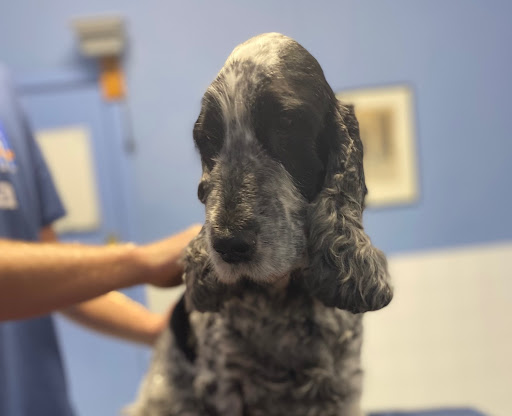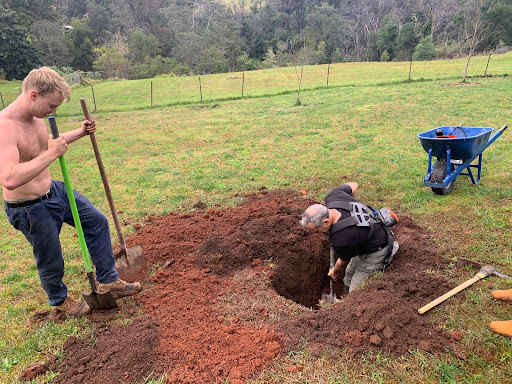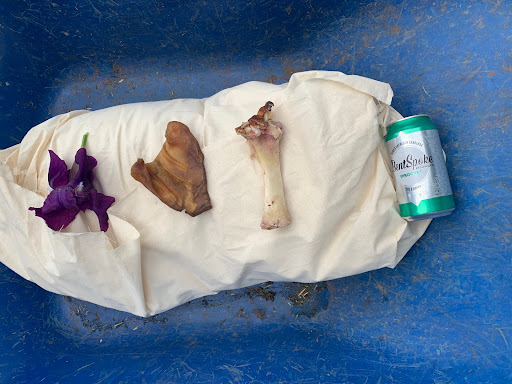
Losing a pet dog, I mean blog. A blog about a beloved late dog.
Even when you are allegedly a grown-up, losing our pet reduced me to an over-emotional jelly, and I cried ''like a child''.
It's not like we didn't know our dog was on his last legs.
Sprocket, the spaniel, was given three months to live more than 18 months ago after the vet found an aggressive tumour at his rear end.
But being the dog he was, Sprocket defied our orders, he defied larger, more aggressive hounds, and he certainly defied veterinary science. But only for so long.
One weekend he was swimming at Bondi off the rocks and chasing his ball, although true to character, never returning it, at his favourite park.
A few days later, he suddenly stopped eating, refused to walk and lay down to die without a whimper or any distress. He was aged nine human years. If only it could always be so easy.
The vet got a bit teary herself as she helped him on his way with us all present. The euphemism ''put to sleep'' seemed so apt.
Many of you will have stories about losing a pet and how it feels. My Facebook is awash with accounts of the depth and length of grief that can follow.
I also work in the human funeral sector, so I am aware of the role of ritual and memorialisation in coping with grief. It even works for animals.
So this is how we buried Sprocket, the English cocker spaniel, and I hope, without being too indulgent or dog-crazy, sent him off proud.

When Sprocket was first diagnosed with cancer, I asked my brother-in-law, who has some acreage in the Blue Mountains, if we might inter him there.
I wanted hands-on involvement in digging the grave and holding a small ceremony we could all share. The site was a field where he loved to chase balls.
I was encouraged by a great book called Lost Companions – reflections on the death of pets by Jeffrey Moussaieff Masson.
We put the dog on ice at home after the vet and drove to the mountains early the following day to dig the modest grave.
I was apprehensive about how he'd look after 24 hours in the esky, and we gently unwrapped him from the plastic ''doggy'', (not body) bag the vet gave us. It wasn't scary. He just looked at peace.
We put flowers on the body, wrapped him in muslin and placed him in a wheelbarrow. A short procession followed to the graveside where we all tearfully said our piece along the lines we may not see his like again.
He was committed to the earth with full canine honours accompanied by his favourite ball and a large bone. We filled in the grave, and above it planted a magnolia tree.

Before you think we are entirely batty, the ancient Romans, even the common folk, sometimes made graves to their Fidos with elaborate epitaphs.
One read:
"I am in tears, while carrying you to your last resting place as much as I rejoiced when bringing you home in my own hands fifteen years ago." (For more, see here)
Fido, the generic name for a dog, comes from the Latin to trust and confide in. I certainly did both with my Sprocket, and I am content we were all able to honour and memorialise his contribution to our family.
How about you? Were we mad, or does having a ceremony even for a pet make a difference? What have you done to say goodbye in the past?

